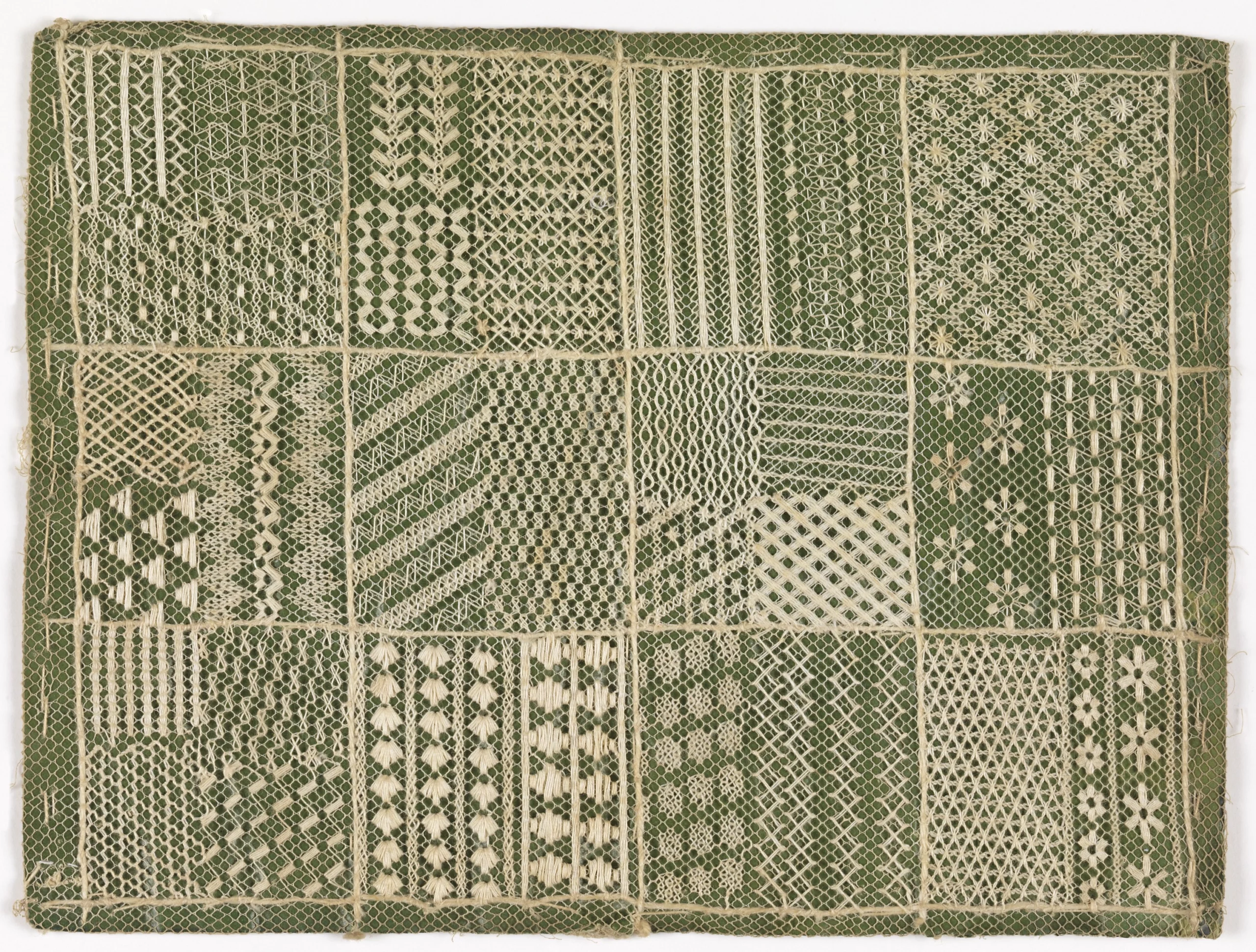From Idea to Reality: Getting to Guaranteed Income
Reweaving the Safety Net: The Best Fit for Guaranteed Income

What role can a guaranteed income play in our safety net?
This paper examines an optimal design for guaranteed income in the real-world national context, considering how a new cash transfer policy can be designed, and how it could best pair with or replace existing social safety net programs.
Among the subjects covered:
- A critical examination of research and evidence on the form of cash transfer policy: differential effects based on transfer size and payment frequency, and where further empirical research, including pilot programs, can help.
- An analysis of current cash and income support programs, such as the EITC, SNAP and WIC, and important considerations for integrating guaranteed income into the social safety net.
- The differing roles and impact of guaranteed income and public insurance programs (including unemployment insurance, SSDI, and social security) in supporting their beneficiaries.
The authors of the report are JFI Director of Research Sidhya Balakrishnan, Silberman School of Social Work at Hunter College professor Michael A. Lewis, and JFI Lead Researcher on Guaranteed Income Stephen Nuñez.
Thinking carefully about optimal design demands advocates pay closer attention to the problems our current safety net programs are designed (albeit poorly) to address, including irregular income, insurance against adverse events, and market failures. A sufficiently large guaranteed income policy could play almost any role and solve most problems but would not be cost-effective. Furthermore, a guaranteed income that is sufficiently large to be all things for all people is, at least for now, outside the realm of political possibility. In the face of this economic and political reality, serious advocates must consider instead where an unconditional cash benefit would do the most good and where other approaches and reforms to existing programs might bear more fruit.
View a video presentation of the paper and question and answer session by the three authors on YouTube here.